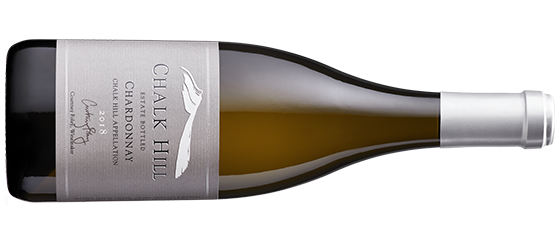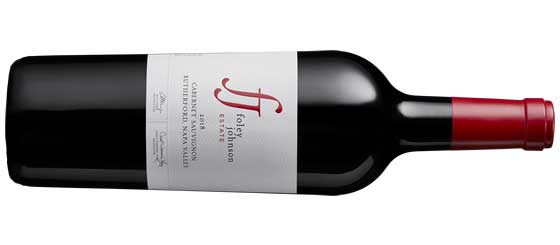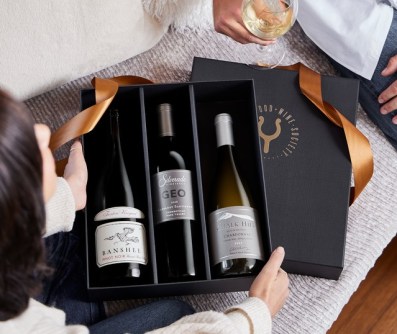Two quick questions for you:
How chilled do you like your red wine? How long do you leave your white wine out on the counter to let it warm up?
If these sound like incredibly odd questions to you, it’s possible that you’re serving your wine either too warm, or too cold. Let’s break it down.

Most white wine varieties are rather delicate in nature—lightly aromatic but more expressive on the palate. This is true of the classic varieties like Chardonnay and Sauvignon Blanc, in particular. Sauvignon Blanc, depending on where it is produced, can be more aromatic, giving off lifted spicy or herbal notes, but those generally tart or creamy citrus aromas and flavors so common among American-made Chardonnay and Sauvignon Blanc wines are at their most expressive when they are not chilled to the bone. Much is true for other varieties as well.
If you’ve been in the habit of popping your favorite Chardonnay or Sauvignon Blanc in the refrigerator the night before before popping corks or twisting off screwtops, it’s a guarantee that the first couple of glasses served are far too cold—you’re missing out on the delicate, intricate aromatics and flavors (and even textures) that make the wine special. They become muted when extremely chilled.
So, what can be done to achieve the right temperature balance? If the wine has been in your refrigerator for more than an hour, take it out, pop the cork, pour a glass (or two) and let it sit on the counter for 15 minutes before you take your first sip.
In fact, here’s a fun experiment: chill two bottles of the same wine. Pop the corks at the same time, but let one bottle sit out on the counter for a full 15 minutes, and put the other back in the fridge. At the 15-minute mark, using two glasses, taste the refrigerator-chilled wine next to the one that’s been sitting out and warming up. If James Bond can tell the difference between a martini that’s been shaken, not stirred, we know you can tell us the difference in the entire experience of a white wine served at the ideal temperature. Here’s a good rule of thumb: If condensation begins appearing on your glass immediately after pouring, your white is too cold.

Things are about to get controversial! Everyone: take a deep breath. Better yet, pour a glass of your favorite red and take a deep sniff! Now, take a good sip. Savor it, and now that you feel more relaxed, just one question: how truly pleasant was that sip?
Let’s say on a scale from 1 to 10, you’re asked to rate the pleasantness of the sip of red wine you just took. You’d rate a 1 if, after thinking about it, the wine was maybe a bit harsh, tannic, and you noticed the alcohol burn. You’d rate that sip a 10 if everything was harmonious: the aromas lifted, the palate balanced between generous fruit, maybe some earth, maybe some decadent oak spices, and no alcohol burn, and nothing out of whack with the mouthfeel.
The temperature of your red wine will arguably have the biggest impact on how you rate your last sip.
Going against all conventional wisdom, hear us out: you will love your red wine so much more if you drink it with a slight chill—no matter the red, no matter the time of year. In the dead of winter: a slight chill. In the thick of a New England summer with wretched humidity: definitely a slight chill. Traveling through Siberia on a dog sled: please, a slight chill. But be wary not to over-chill it. Just as with white wines, a red that is too cold will be tight and completely lacking in both fruit aromas and flavors.
How then, do you achieve that perfect red-wine drinking temperature? If you have a wine cellar, chilled to around 56 degrees, that’s perfect. Pop the corks and enjoy. In fact, pop the corks, enjoy a glass or two, and set the bottle in the refrigerator so that it maintains its cellar temperature. Leave the bottle out on the counter when you’re down to your last pour.
If you aren’t among the fortunate wine enthusiasts who have a wine cellar in their house, or even a wine refrigerator, fear not: pop that room temperature bottle into your regular refrigerator for 25 minutes before pulling the cork. That’s about enough time to bring the juice in that bottle down to cellar temperature.
There is, of course, no hard and fast rule about this, but once you really start paying attention to the temperature of the wine in your glass—and your preference points—you may find a bit of extra magic in the glass of Cabernet or Chardonnay. Santé!




